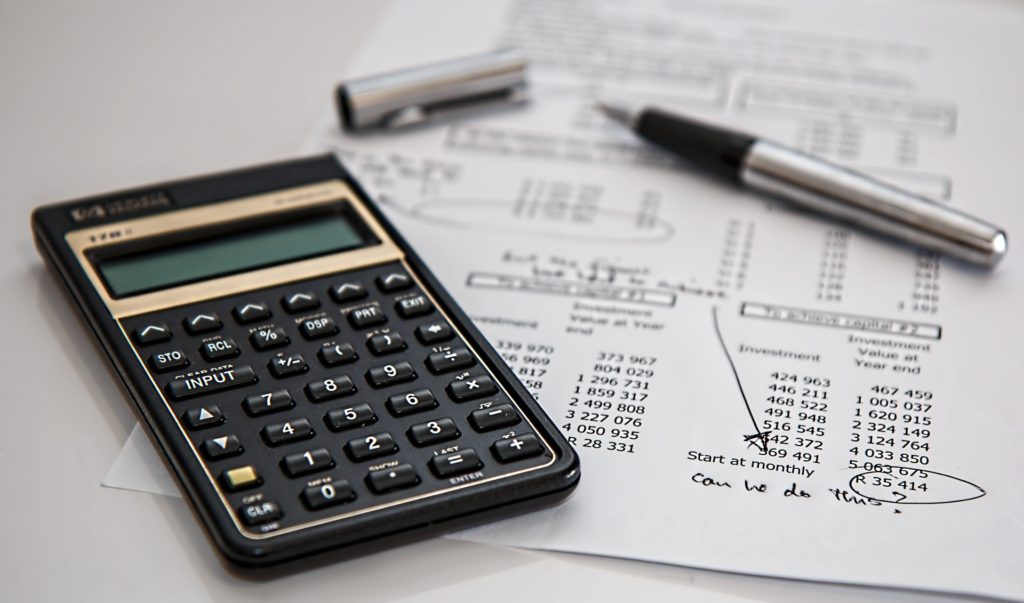
Most Americans don’t know how to create a budget and follow it. As a result, they go deeper into debt and are unable to save for retirement. Fortunately, creating a budget is not difficult as long as you find the right method for your personality and situation. Here are some methods to budget your money to achieve debt freedom and build wealth.
What is a Budget?
A budget is a plan for your money over a set period of time. For example, maybe you get paid monthly and you have recurring bills and expenses such a gas and groceries. Based on your spending from previous months, you can allocate a specific amount of money to cover those costs. You can also, predict how much money to set aside to save, invest, or spend on yourself. Budgets allow you to spend money intentionally. You must track your income and expenses for 1-3 months before you can really create a budget successfully.
How will budgeting allow you to achieve debt freedom and build wealth?
Once you’ve planned how you intend to spend your money, you can prioritize paying down debt. You can evaluate your income and expenses to see how your money is best allocated. If you don’t evaluate where your money goes, you will miss opportunities to apply those extra dollars on debts that weigh down your net worth. In contrast, you analyze your budget and identify areas where you can spend less, and pay more (toward debt), you will become debt free much faster than simply paying the minimum monthly payments on your loans. If you want tips to spend less money, check out this post.
What to do before you create a budget (regardless of the method)?
Before you create a budget, you need to know a few things about your cash:
- Your monthly net income (after taxes are collected)
2. Your weekly and monthly expenses broken down into categories (groceries, rent/mortgage, bills, gas, restaurants, etc.)
3. Your short-term and long-term financial goals (If you have high interest debt (like credit card debt), use your “savings” to pay down the debt.)
Five Methods to Create a budget

There are several types of budgets, but they are all about using money intentionally. I hope this thorough review of budgets helps you identify which style of budgeting you like best. You can get creative by combining multiple styles and developing a method that works best for your lifestyle!
1. Proportional Budgets
How to set up a proportional budget
A proportional budget is a method where you pick how you wish to allocate your money. Before you set your budget, you need to think about how your expenses fall into the following three categories: needs, wants and savings. The three categories may be broken down as follows. Feel free to add more items to each category, remember this is about you:
- Needs: mortgage/rent, utilities, gas, food, health care, bills
- These are things you need to survive each month
- Wants: restaurants, movies, concerts, vacations, certain clothing items, etc.
- These are items that provide you happiness, but are not necessary for survival.
- Savings: retirement accounts, emergency savings, stock investments, etc.
- These accounts you intend to use in the future.
Remember to take time to really distinguish needs versus wants. Sometimes these categories overlap. For example, you may be at the grocery store and you see a $40 cut of brisket next to $5 pack of chicken hind quarters. Do you need the brisket to survive, or will the chicken be sufficient for you and your family. Remember, it’s ok to spend money on wants, but you need to spend in a way that aligns with your budget and financial goals. That’s why it’s important to clearly define these categories.
Once you have defined each category, you can now assign a proportion of your income to go toward each one. I’ve listed some common proportions below, but the nice thing about this strategy is that you can adjust the proportion of money that goes toward each category to your liking.
50/30/20
In this strategy, you set aside 50% of your money for your needs, 30% for your wants and 20% for savings. This strategy is appealing because you give yourself plenty of room to spend money on wants without sacrificing your needs or savings.
70/10/20
This strategy is best for someone who doesn’t have a high income and must spend a large proportion of their money on needs. This method allows you to continue saving some of your money without sacrificing your wants.
40/10/50
This method is useful for someone with a large savings goal, such as a home purchase. Each month you set aside a large chunk of savings and still give yourself money for your wants.
2. Zero-Sum Budgets
The point of the zero-sum budget is to give every dollar a purpose. You do this by using last month’s income to fund this month’s expenses.
If you follow this method, you should have $0 left in your budget at the end of the month. If anything is left, give it purpose by putting it somewhere, such as your savings or debt payments. You’re not done budgeting until there is $0 left.
Create a list of your expense categories. This list will be a combination of the needs, wants and savings categories that we discussed previously and will include things like, groceries, entertainment, bills, clothing, gas, etc. Then calculate how much money you spend on each category.
Assign a dollar amount to each category and focus on reducing wasteful spending. Once you add up your spending in each category, you may be surprised how much you spend on things such as restaurants. For example, if you were spending $900 eating out each month, you can assign yourself a new goal of $700. This is your chance to reduce spending in that category.
Finally, after you have assigned each expense category a dollar amount, compare this amount to your income. If there is a surplus, assign the surplus to a savings or investment account.
If you have a set income every month, zero-sum budgeting should be relatively easy. Use last month’s income to fund this month’s expenses. Just make sure the combination of your expenses and savings match your income.
3. Envelope Method
The envelope method is a simple system where you use envelopes filled with cash to pay your expenses each month. This is a tactile method that allows you to physically see and feel how much money you’re spending. Create an envelope labeled with each monthly expense category. Then fill the envelope with a specified amount of money based on your financial goals.
Let’s create an example by following some the tips from the proportional budget, as described above.
Create three envelopes labeled with needs, wants and savings. Then, you decide how much money goes into each envelope. Let’s say you’re trying to follow the 50/30/20 proportional budget and you make $3000 per month. The following amount of money would go into each envelope:
- Needs: $1500
- Wants: $900
- Savings: $600
As the month continues, only use money from these envelopes to fund your expenses. You may make each envelope category as broad or as specific as you want. For example, you can break down your “wants” envelope to restaurants, drinks, movies, etc. Again, personalize the method to best suit your needs!
This is a really great method for someone who has a lot of trouble sticking to a budget. The downside is that you will have a lot of cash on hand, which may be risky.
4. Automated Budget/Paying Yourself First
The automated budget is the easiest (read: laziest) method to budget and it’s the method I personally follow. An automated budget prioritizes saving over building a budget around your expenses.
The first step is to determine how much you will “pay yourself.” Perhaps, you’d like to save 20% of your money and budget the other 80% on your needs and wants. Then, you set a direct deposit of 20% of your net income to automatically go to a savings or investment account.
While I was saving for my emergency fund, I had a proportion of my net income go to a high yield savings account (I recommend Marcus by Goldman Sachs). The rest of the money went into a checking account, which I used for my monthly expenses.
I had to track my spending carefully for several months before I was confident this style would work for me. I recommend saving at least 25% of your monthly expenses to have as a cushion in case you run low on money during the month or you encounter a surprise expense. Make sure you replenish that cushion with your next paycheck. The longer I follow this method, the easier it becomes. I have saved so much money using this method.
5. Line-Item Budget
Many businesses use this type of budget and it can be extremely effective for individuals too! A line item budget is a very detailed method that involves carefully reviewing your income and expenses line by line. Then you review and justify each expense before setting a budget for next month.
Financial independence is not about deprivation, it’s about spending your money intentionally. Budgeting is an important tool used to give your money purpose. I believe everyone can create a budget that fits their needs. It may take some time before you are able to pay off all your debt or save your money, but even reading this article shows that you are motivated to change!
Challenge yourself with the budgets you create. You should feel some level of discomfort as you cut back on unnecessary expenses. However, avoid budgeting in a way that causes you to take out more debt.
I hope this review helps you create and stick to a budget! I did not go over budgeting apps, but keep this in mind as a resource as well.
Let me know which strategy ends up working best for you!
Cheers!
FI Addict
This is so nice!! Thank you for the tips.
Of course!! You’re welcome.